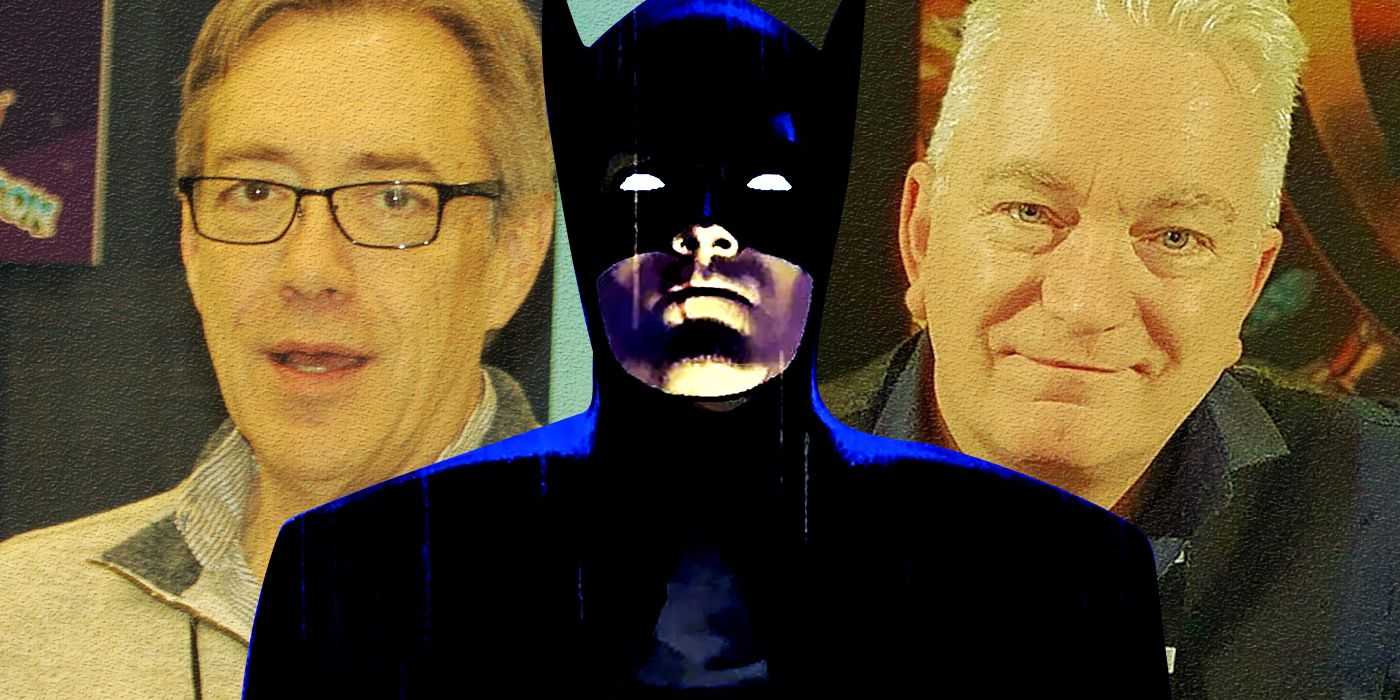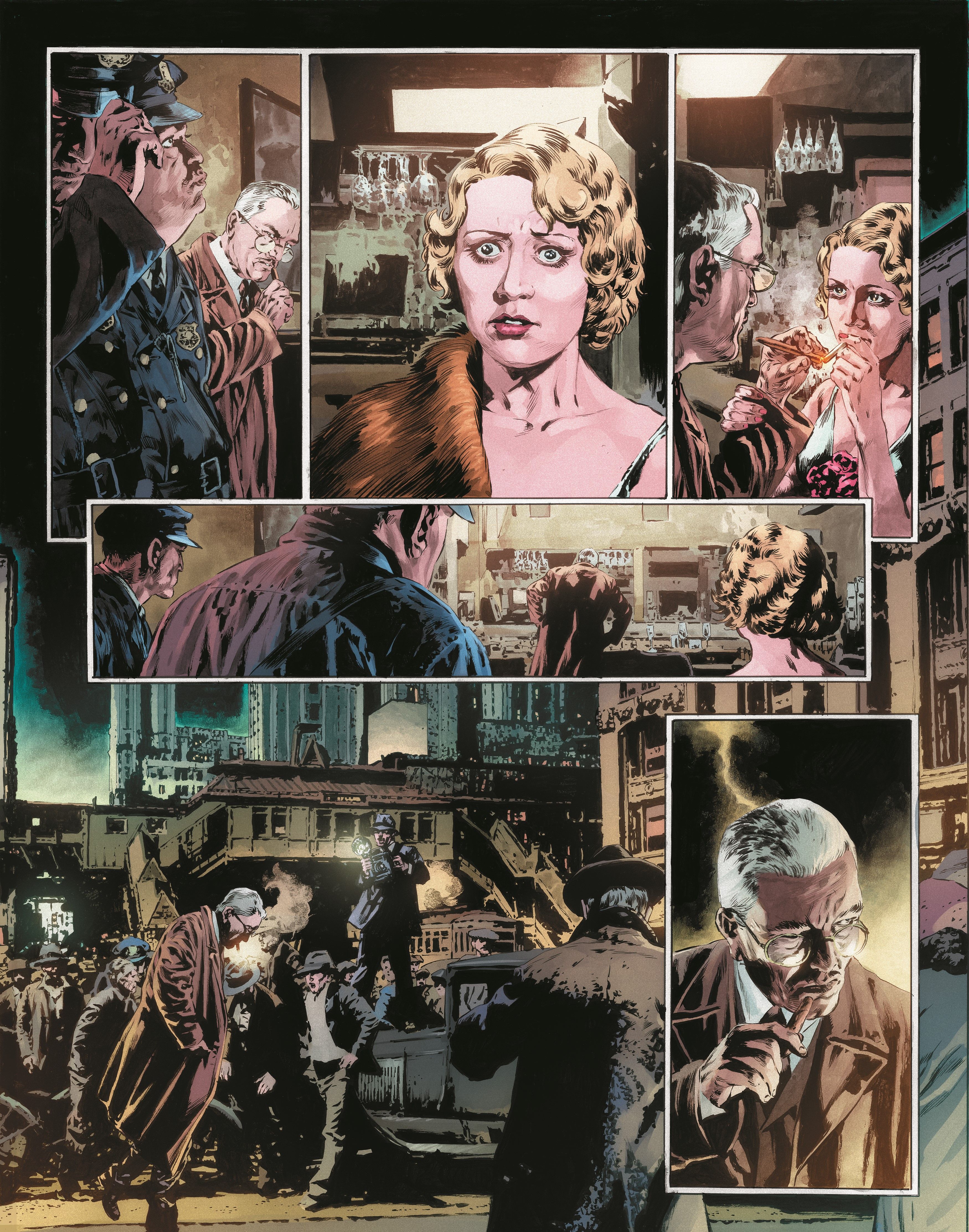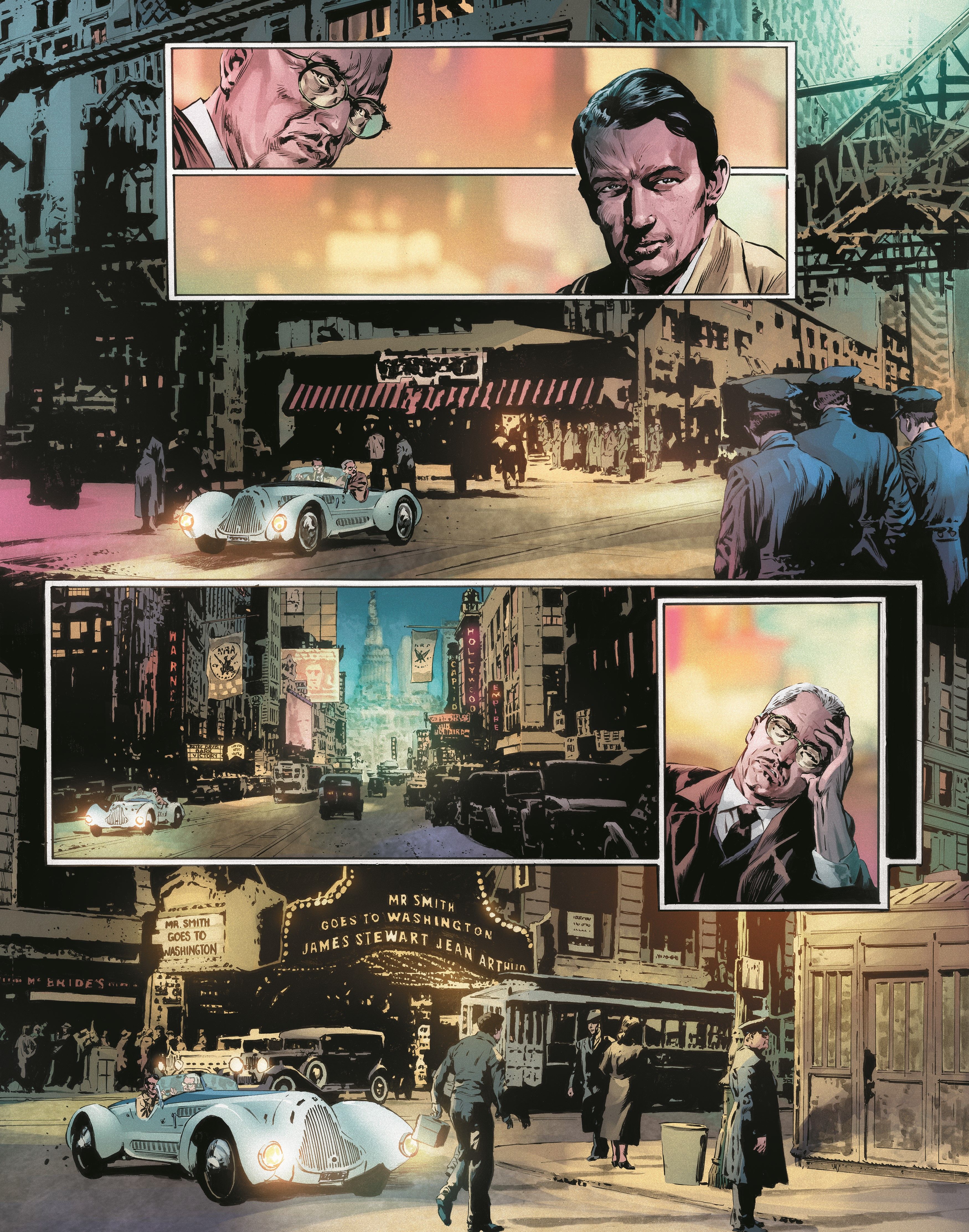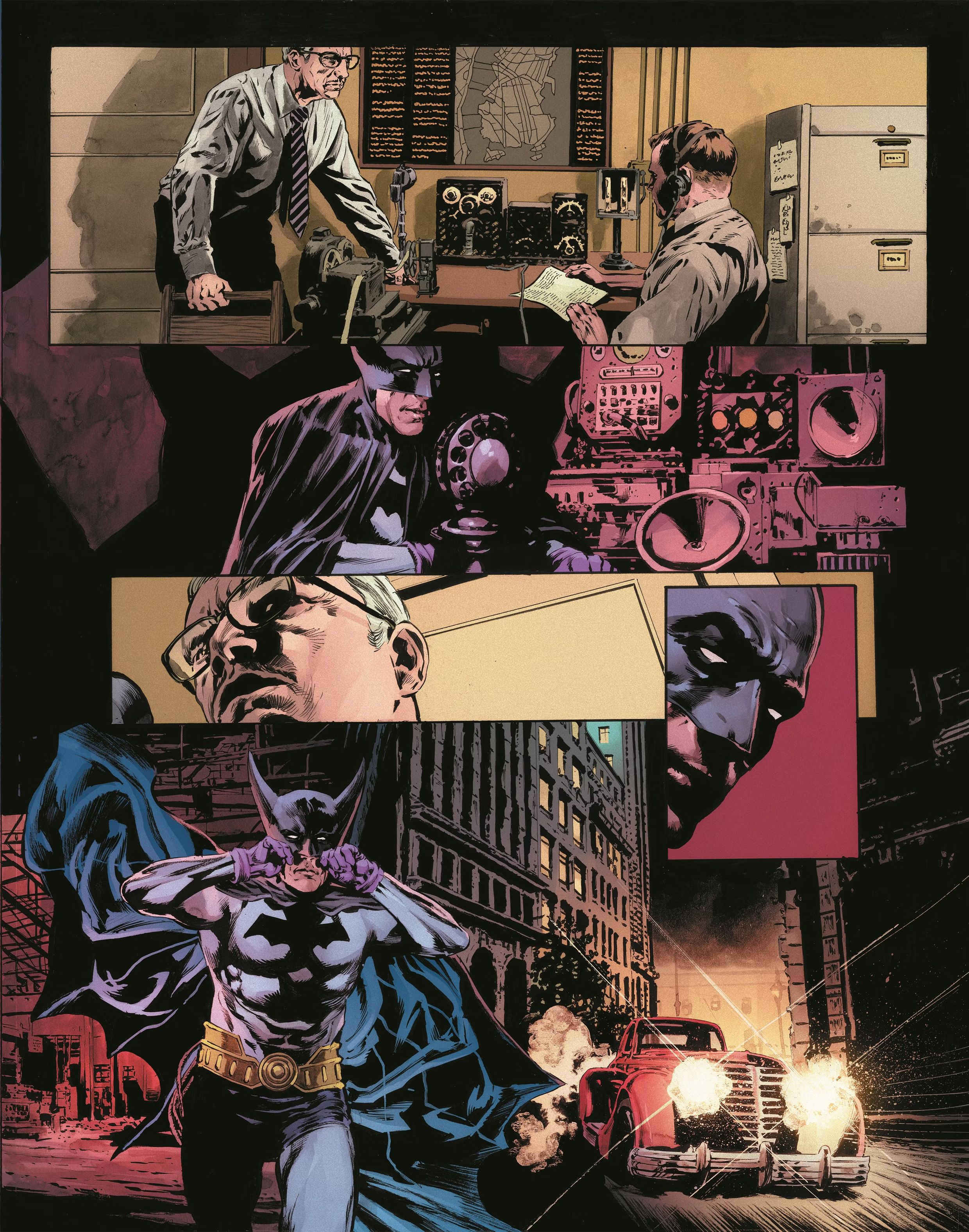Acclaimed comic book creators Dan Jurgens and Mike Perkins team-up for the latest DC Black Label series The Bat-Man: First Knight, which reimagines the early days of the Caped Crusader at the height of his pulpy Noir roots. In 1939, Bruce Wayne takes on the crime-fighting alter ego of Bat-Man. As Gotham City descends into crime on all levels, the Bat-Man faces the rise of homegrown fascism and tries to earn Commissioner Jim Gordon's trust. However, a murderous new threat breaks out across the city, defying all conventional explanation. This leads the Bat-Man to realize he needs to step up his game if he hopes to save Gotham City and survive another night.
In an exclusive interview with CBR, The Bat-Man: First Knight writer Dan Jurgens and artist Mike Perkins reveal the origins and inspirations behind their Black Label story, talk about the Noir Knight's slick choice of cars throughout the story, and tease what readers can expect when the series launches this March.
CBR: Dan, you had previously included a pulpy, 1930s Batman in DC Generations, but The Bat-Man: First Knight is its own project. How is it diving fully into the period piece Noir world with this version of Batman?
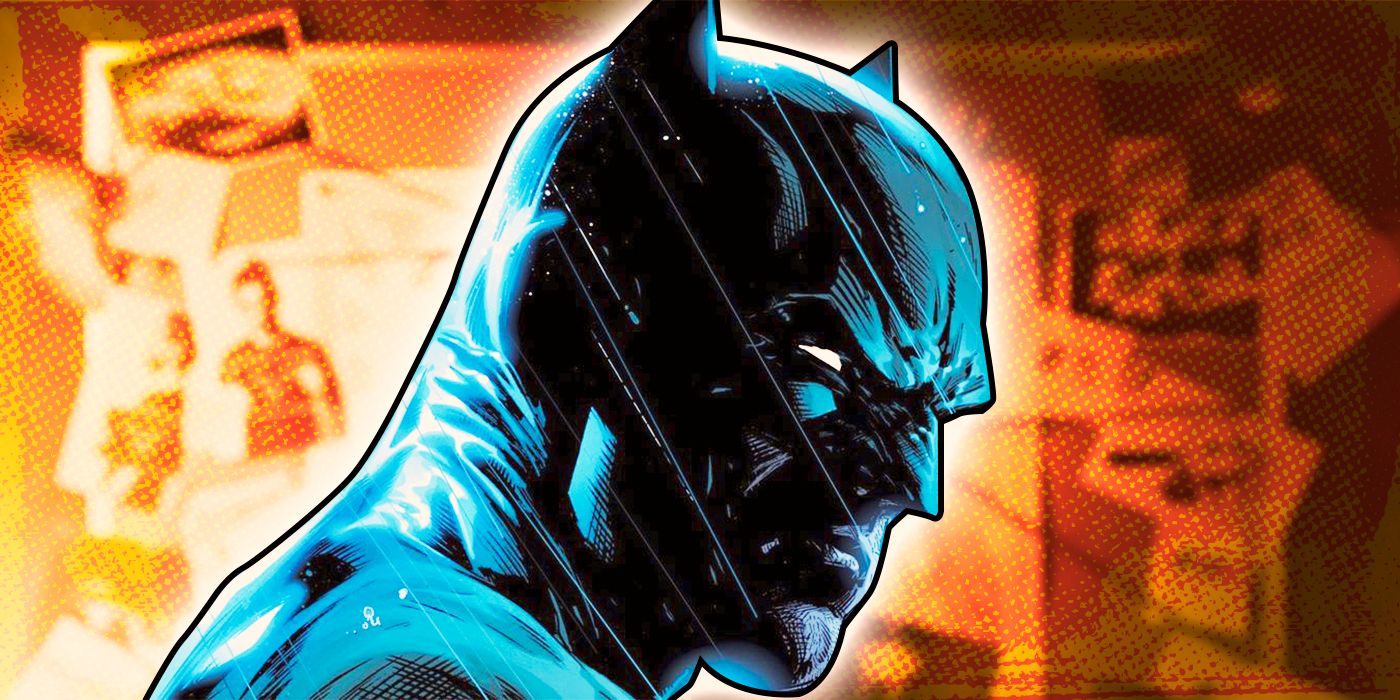
Who Taught Batman to Become a Detective?
See how comic book writers have revealed a number of different detective teachers for Batman over the yearsDan Jurgens: Well, Mike worked on the Generations stuff as well. When I was playing around with that character and drawing him, that's when I first started to think that this was fascinating stuff. Just looking back on it, because I remember going through the first couple issues of Detective Comics in reprints – not that I have them, but if anyone wants to send me Detective Comics #27, I'm here! I was just fascinated by the look and feel, and I always have been since I was a kid reading Detective Comics #27 reprinted.
We got done with Generations, and this was something I ran past Mike a little bit. We talked about it some, and Mike then did this wonderful presentation piece. As I explained to him, this was really all about guys with hats, baggy suits and machine guns in this world of 1939, and a Batman who had nothing else going for him except for the fact that he was Bruce Wayne, and he had some money, a big house and could put on a Bat-Suit. There is no Batcave. There's nothing else. It's Batman with the capabilities that he was putting together at the time.
Reading this first issue, I was struck by a lot of classic Hollywood references, with characters looking like Gregory Peck or Robert Mitchum. What were some of the specific influences you were drawing from?
Mike Perkins: I think Gregory Peck is kind of the basis for a lot of people's Batman anyway, certainly for Alex Ross with Kingdom Come and things like that. That's always been the basis of that character and this was our chance to look at that and take it a step further. That was very much in my mind of who that character should be. I always cast characters. It might not necessarily end up looking like the characters, but I always cast them, so I have this in my head to keep it across pages.
You look at Springsteen or something, and you don't necessarily want to draw Springsteen, but there are certain aspects of his face that you bring in, and it's the same with Gregory Peck as well. You just want to do it enough so that people go "Okay, I see it!" rather than taking them out of the story. That's the trickiness of it. But yeah, looking at those pulps and film Noir, just getting that feel. I think if you have that shorthand in people's brains, it helps them to go "I know what era I'm in."
Dan, on the writing side, was it a lot of Humphrey Bogart and Robert Mitchum?
Jurgens: To a certain extent, without necessarily honing in on them. Mike and I did talk about Film Noir and some things that would be interesting and the resources there. The other one was digging into some of the older stuff to get a feel for the language and terminology. It was trying to walk this fine line where you want to use some of the slang and phraseology of the time, but not go too far because, if you do that, it sounds like you're really forcing the issue. I spent so much time trying to find the right balance here.
You do this in any project, trying to figure out how does Bruce talk versus how does Commissioner Gordon talk, for example, with their language and approach. When you add to that the colloquialisms of the time and slang terminology – people think everyone was talking in that way, but they weren't – just enough to make people feel like they're in the era and reflect how they spoke about the current events around them. That's why, even in the first issue, we see Bruce driving by movie marquees that advertise the movies that were out at that time, because a lot of really good movies came out in 1939.
A golden year for Hollywood, with movies like The Wizard of Oz and Stagecoach.
Perkins: Yeah, and we touch on that in the third issue. There are some cops talking about their wives wanting to take them to this film, and they start talking about The Wizard of Oz.
We have to talk about the cars in this first issue, from Bruce's sports car to Batman's red Batmobile-esque automobile.
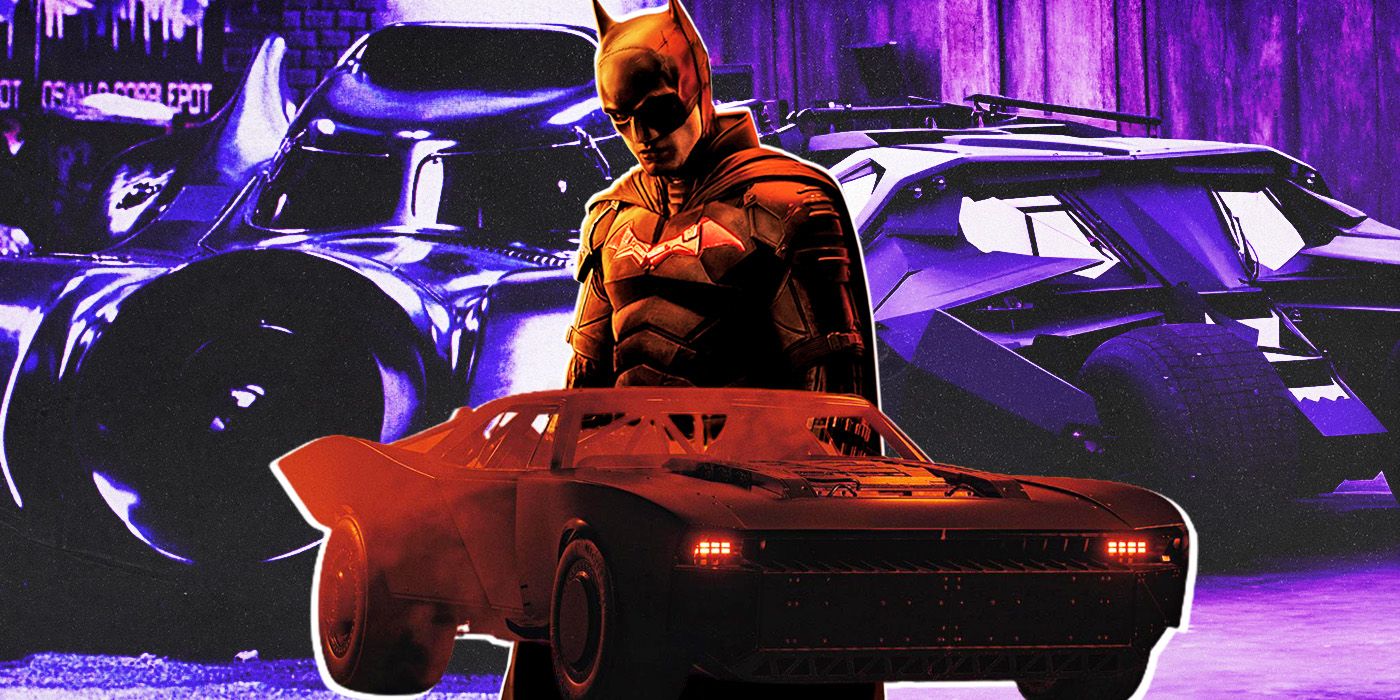
Batman Movies Often Have Car Chase Scenes - But Which Is the Absolute Best?
Batman has driven all kinds of cool Batmobiles on the big screen, but only one of these superheroes movies features the best vehicle chase sequence.Perkins: Bruce's car, that was all Dan. He came up with the Alfa Romeo and it was a brilliant choice. If you compare it to the red car that Batman uses, the Alfa Romeo is quite nicer than that car, even to the extent that I remember saying to Dan "We've got this Alfa Romeo, so shouldn't we put the steering wheel on the other side because it's in the States?" Dan would say "No, Bruce has the money to import that car straight from Italy." It just fits in perfectly, and it's an absolutely beautiful car in real-life, that I've got one! [laughs]
Jurgens: If I get Detective Comics #27, somebody needs to give Mike an Alfa Romeo.
Perkins: The red car is actually in Detective Comics #27 as well, so that's canon.
Jurgens: The other part is, if you go back to Detective Comics #27, there is no Batcave, there is no Batmobile. We originally see Bruce driving this red coupe at the time. As a kid, I read that and was like "Wow, Batman is driving a red car." What we're also doing here, by placing the Alfa Romeo in the story, it sets up what eventually becomes the Batmobile. We don't say it, it isn't overt, it's just there. I think it's a setup for what I think will obviously become a big part of Batman's lore some years later.
There are also a lot of historical references, reminding me that the more things change, the more they stay the same and making this story relevant to audiences today. How did you want the Gotham of 1939 to speak to the world today?
Jurgens: That was intentional right from the start. When we first pitched this, there were some obvious parallels between 1939 and the world as it exists today. As we worked on it, more and more of those things started to happen. It was a little odd, but it made it feel even more relevant. It has been very interesting because part of the exercise right from the start wasn't just to say "Here’s Batman!" It was for those who wanted to pick up on it, to sense the parallels between then and now and the juxtaposition between yesterday and today. It has always been intentional. It is definitely there in a lot of ways.
If we go back to 1939, obviously there was an ever-growing louder drumbeat of war coming from Europe. There was a lot of financial deprivation here in the United States because we were ten years into the Great Depression. There was a sense of who had and who didn't. There was a sense of urban crime, which was becoming more of a problem. Because of some things happening in Europe, some things happening here were bringing out a lot of antisemitism. All of that comes into this story and helps to make it relevant to today and, ultimately, will explain why Bruce really is able to commit to this life living as Batman.
You've both worked extensively at DC before, but this is your first major DC Black Label project. How was it taking advantage of that additional creative freedom and ability to lean into more mature storytelling?
Perkins: I think one of the first things that I said was that I was really excited to get to experience Dark Dan. [laughs] I love the whole approach to the Black Label line. It's the books that I would want to read. That approach opened things up for us because it was originally pitched as a normal DCU thing, and then we figured that we could approach it as a Black Label thing. It really opened you up artistically because of the size of the pages, approach to the pages and I think it really opened it up for Dan as well.
Jurgens: Yes, definitely. Some of that is even just the page count. Any time you have a book with that many pages, it allows you to plumb some things you might not otherwise get to in a 20-page story. Even knowing you have another 20 pages the next month, it's harder to make some things stretch out. We were able to do that and in the way that we portray the character in this story, with the things that people do as well as some of the themes that we touch on. It all works very well this way.
How was it calibrating the level of graphic violence in this book? Things get pretty bloody right from the first issue.
Perkins: It just brings it down to that realism, the realism that Bruce is a young guy that gets the crap kicked out of him. It's a thing that we do see in the main books, but not to the extent of this realism. This story takes place over a few days and, by the end of it, Bruce is just exhausted. He's mentally and physically exhausted. It's one of those things that we really wanted to portray, that sense of "Does Bruce want to carry on with everything?" Should he make a change in the way he approaches things? Dan brought that in the script really strongly, especially in the second issue.
Jurgens: We're trying to really deal with life as it existed in that time. For example, I've always thought "Bruce Wayne's medicine cabinet – what does that look like?" I'd say that now he probably sleeps in a hyperbaric chamber but, for our purposes, how is Bruce Wayne having to treat these injuries and deal with what he's going through? I even spent some time going out and looking at what typical medicine bottles looked like in 1939 and sent them to Mike saying "This is what’s in his bathroom, in Bruce Wayne's medicine cabinet. This is what it looks like."
It's not just trying to develop the story of Batman in his first days, with what he's doing and how he survives it. It's also especially saying in that year, 1939, when you just don't have the technological capabilities around you that he has now [how he survives].
You two have worked together before and, Dan, you also come from a prolific art background. How is your creative shorthand together, especially for The Bat-Man: First Knight?
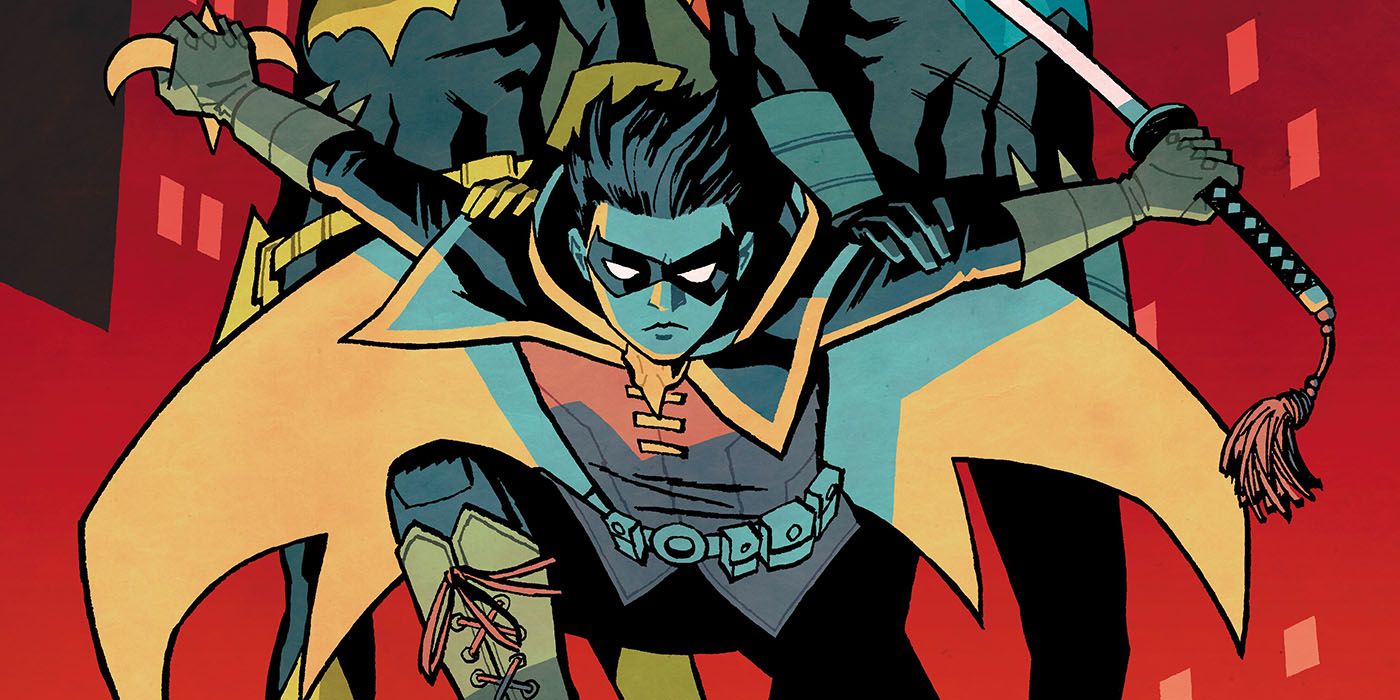
Batman's Most Complicated Robin Gets His Own DC Black Label Series
DC's new Black Label series will see the transformation of Batman's most complex Robin and the depths of his relationships with his allies.Jurgens: We're kind of working Marvel-style in that I don't write out a full script. I write something that is akin to a plot, but a little more detailed than that, because I have the page breakdowns in it and the major suggested dialogue, which I often go and change when I dialogue it. The flow of the story is there. At the same time, what I always want to do is give whichever artist I'm working with the room to contribute their own sense and emotion, for what is right for the story as well, because I think I get their best that way because they're more involved. This is a collaborative medium and I know that when I draw, and I start to feel too controlled when someone else is writing it, I feel distanced from the project and I want the opposite for anyone that I work with.
Dick Giordano always used to tell me that the job of the writer is to excite the artist and the job of the artist is to excite his inker, because that's how he saw it in those days, and their job is to excite the colorist. Everyone's job is to excite the reader. What I want to do is give Mike enough that he gets enthused about wanting to draw it and then take it to a whole other level, which he is absolutely doing.
Perkins: The first time we worked together on Green Lanterns, and I think it was the first time you used that script approach. I remember saying to Dan that it would be really interesting to work in this way, but what I would really like is to have the dialogue there so that I know how these characters are acting, because that's what I like to put into the story. Dan was saying that's what he was doing anyway, it just might not be the finished dialogue, but that I would know what they were saying.
Like Dan was saying, the visuals are all there, but there’s enough where I can expand it myself, extend those beats, put in extra shadow and pull Batman back, so we can utilize that big shadow on the wall. Those beats are there in the script. Dan has this ability to put down what you want to put without him actually doing it. It's quite amazing!
Written by Dan Jurgens, illustrated by Mike Perkins, colored by Mike Spicer and lettered by Simon Bowland, The Bat-Man: First Knight is now available wherever comics are sold.
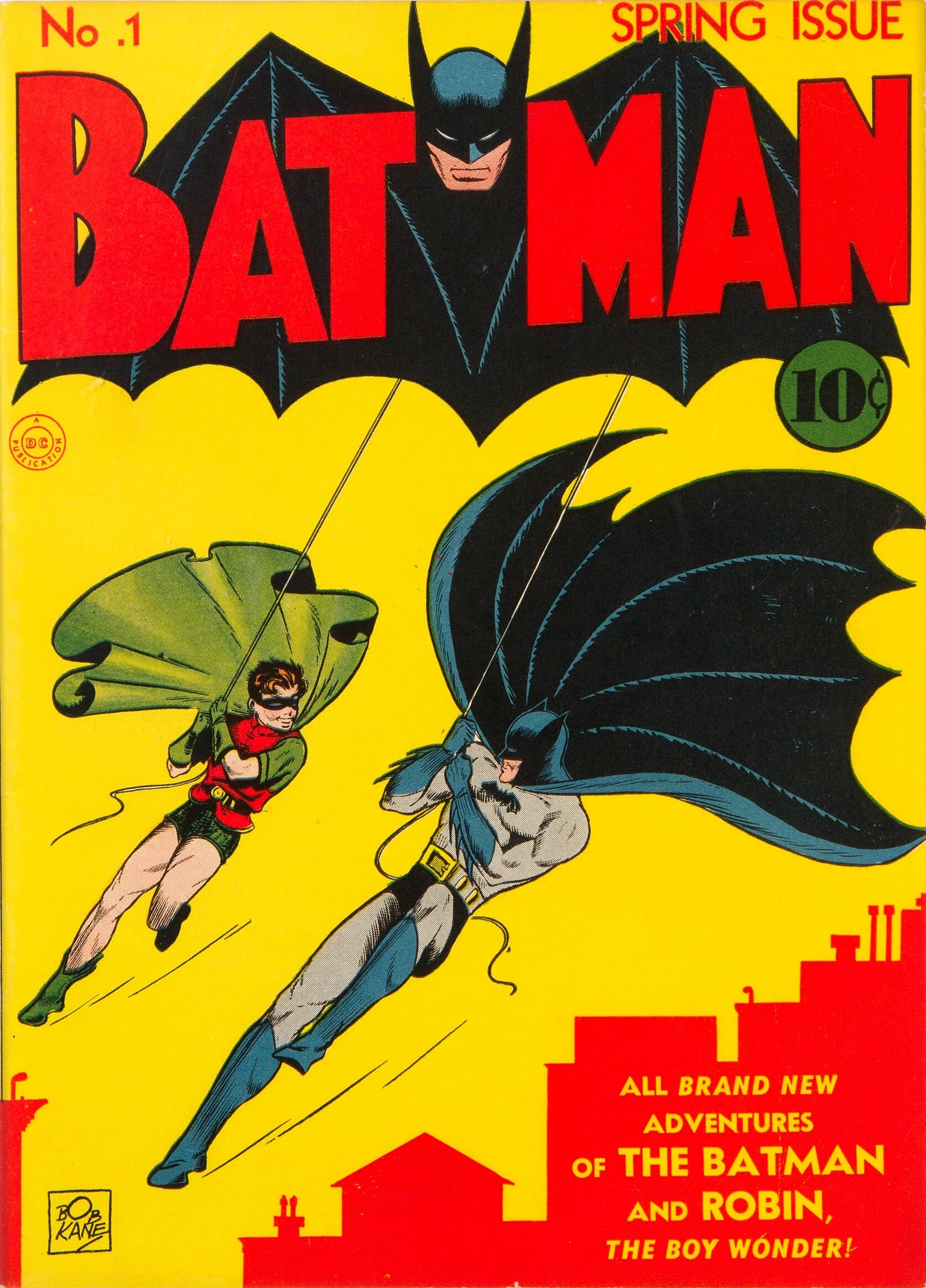
Batman
Batman is one of the oldest comic superheroes, with nearly a century of comics, TV-shows, films, and video games. The mild-mannered Bruce Wayne becomes Gotham City's caped crusader, protecting it from villains like The Joker, Killer Croc, The Penguin, and more. Batman is also one of DC comics' "Big Three" alongside Superman and Wonder Woman, and together the three help keep the earth safe as founding members of the Justice League.
- Created by
- Bill Finger , Bob Kane
- First Film
- Batman: The Movie (1966)
- Latest Film
- The Batman
- Upcoming Films
- The Batman – Part II
- First TV Show
- Batman
- Latest TV Show
- Batman: Caped Crusader
- First Episode Air Date
- January 12, 1966
- Cast
- Adam West , Kevin Conroy , Christian Bale , Robert Pattinson , Ben Affleck , Michael Keaton , Keanu Reeves , Josh Hutcherson , Will Friedle , Anson Mount , Will Arnett
- Character(s)
- Batman , The Joker , The Penguin , Mr. Freeze , Two-Face , The Riddler , Catwoman , Poison Ivy

